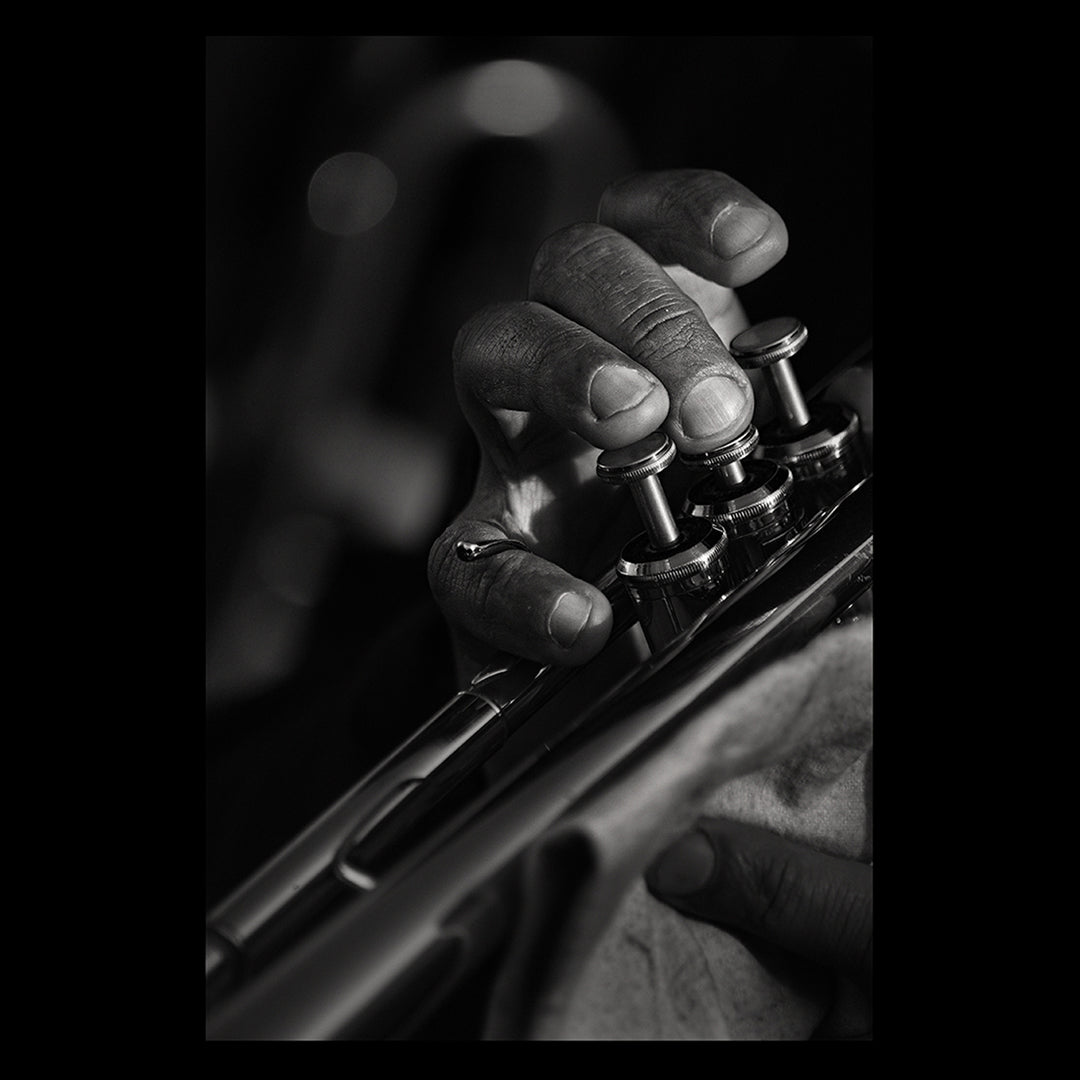Vincent Versace (www.versacephotography.com) is an internationally recognized pioneer in the art and science of digital photography. His passion for natural light photography is manifest not only in his work but also through his role as a creative and technical leader. Vincent's work has been highlighted in American Photo, Popular Photography, The New York Times, Shutterbug, Outdoor Photographer, PDN, and many more. Vincent was kind enough to offer Pictureline readers some insights into his new book and why black and white photography is not only still relevant, but richly rewarding. Check out the signed book option and the accompanying optional prints here.
THE BACKGROUND: FROM OZ TO KANSAS
"I'm really excited about this new book. It's been a lot of years in the making. It took my almost three years to write it, and I researched 117 books in research. This is the journey that I've made to become familiar with the techniques that I've found and developed to make the best black and white images. I take people through this process--the process of all the things that I've tried and done and explored--and when you're done you should know how to make a black and white picture.
IS BLACK AND WHITE ON THE WAY BACK?
"It's a total crack up the way things happen. Kierkegaard said something like, 'Life can only be understood backwards; but it must be lived forwards.' This resembles the time when we had film, and we had the most amazing black and whites, and at the time everyone was wanting better color. As color improved, people just wanted more--better color films and better color prints. Black and white, however, was far more archival and had far greater resolution. Then we created digital output, which has far more resolution than analogue ever had and far greater color than we ever had, and then it became all about black and white. Now we are in pursuit of a better black and white image, and you can actually make a better black and white image with digital than you can with silver [analogue processes]. There is a greater dynamic range, greater tonality, and higher resolution. That is amazing! What's really amazing is that there are more people now making their own black and white prints over color prints. People who print tend to be the ones who print black and white. This is not to say that a color photographer is not serious, but there is far more dedication in the pursuit of a black and white image. Black and white now does not simply represent something that you do because your image didn't work out in color. Black and white is something you do after you perfect an image for that processing. Black and white pictures in digital should be made if the picture's worthy of it. It's a joy to have this conversation about black and white again.
VINCENT'S RELATIONSHIP TO BLACK AND WHITE
"The only reason that I ever shot a color photograph was that my corporate sponsors told me that if I didn't start shooting in color, I would have no more corporate sponsorship. That was around 1995. I am, by training and proclivity, a black and white photographer. I classically trained in large format photography--a "zone system" photographer who used to mix his own chemistry for development. I am very much focused in a traditional black and white photography world. I shot mainly 4x5 and 8x10 film.
STARTING OR RESTARTING IN BLACK AND WHITE
"After reading 117 books on black and white photography, I am trying to convey the conversion process. One thing that I gleaned from reading all of these books on black and white was that they were 1.) Either too simplistic, using 24 font to fill up 200 pages, or they were 2.) so dense that after you had acquired your third PhD, you needed one more to understand what they were saying. There seemed to be this need for a book to show how to shoot a color image and then convert this image without leaving the RGB color space to an image that gives you the most amount of image structure based on how much grey from black to white you have, based on the paper, the file, and the output device. There are three questions that I always get asked: 1.) Did you see that in black and white? 2.) Why don't my black and white images look like your black and white images? and 3.) Is there a way you can teach me to see in black and white? So the goal of this book is to answer those questions for the reader. It's a programmed learning approach, and each lesson builds on the previous lessons so that when you are all done, what you'll have is this complete understanding about how the visible spectrum works and how you can take full color and then convert that into chromatic ratio.
WHAT YOU NEED TO UNDERSTAND THE BOOK
"I make some basic assumptions. First, I assume that you have a basic knowledge of how your camera works. You should also have some understanding of Photoshop and have a reasonably good idea about what composition is. Do I discuss the philosophy behind the way I shoot? I most certainly do. I believe that the how is useless without the why. A book that just talks about the 'how' is a repair manual."
A signed copy of his new book From Oz to Kansas can be purchased for $44.95 from the ACME Educational Website with the print purchase option.
Book: From Oz to Kansas: Almost Every Black and White Conversion Technique Known to Man
Author: Vincent Versace, published by New Riders Press (1st Edition)
Year: 2012
Format: Paperback
Pages: 272
Cost: 44.95 USD
Stay connected to Vincent: Website | Blog | Facebook | Twitter
RELATED ARTICLES
Digital Workflow eBook Updated for Lightroom 4.1 and Photoshop CS6
Why Shoot With a Prime Lens?
How Do I Clean My Sensor?




